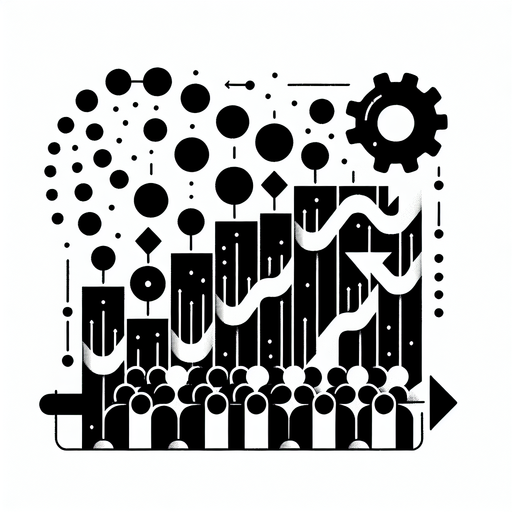Political Wings
How Left and Right Political Wings Came To Be
Are you on the left or the right? People ask this common question to align with which political views someone holds. This somewhat arbitrary distinction that humans fight over has its roots in a particular moment of the French Revolution before propagating to the rest of the World.
During the French Revolution in the late 18th century, the French Parlament became the stage for a pivotal moment in forming the political spectrum. Members of the Assembly divided themselves according to their views on the king's authority and the nation's future. Those who supported the monarchy, the status quo, and a hierarchical structure in society sat to the presiding officer's right. In contrast, those who pushed for radical change, including the limitation or abolition of the monarchy and the establishment of equality, chose seats on the left.
This physical separation was not initially meant to define political ideologies rigidly. However, over time, the seating arrangement in the National Assembly crystallized into a broader symbolic division. The "Right" came to be associated with conservatism, support for traditional power structures, and a cautious approach to change. The "Left," meanwhile, became identified with progressivism, a desire for egalitarianism, and a willingness to upend established systems to achieve these goals.
The division between the left and the right has significantly changed since the French Revolution, encompassing various beliefs, policies, and practices. Reflecting on the origins of this divide encourages us to consider the complexities of political ideologies and the importance of understanding the historical roots of our contemporary political landscape. It makes us think the next time that we have a heated debate with a friend over political issues, how some of those things are just constructs that have a symbolic origin.
Craving more? Check out the source behind this Brain Snack!


